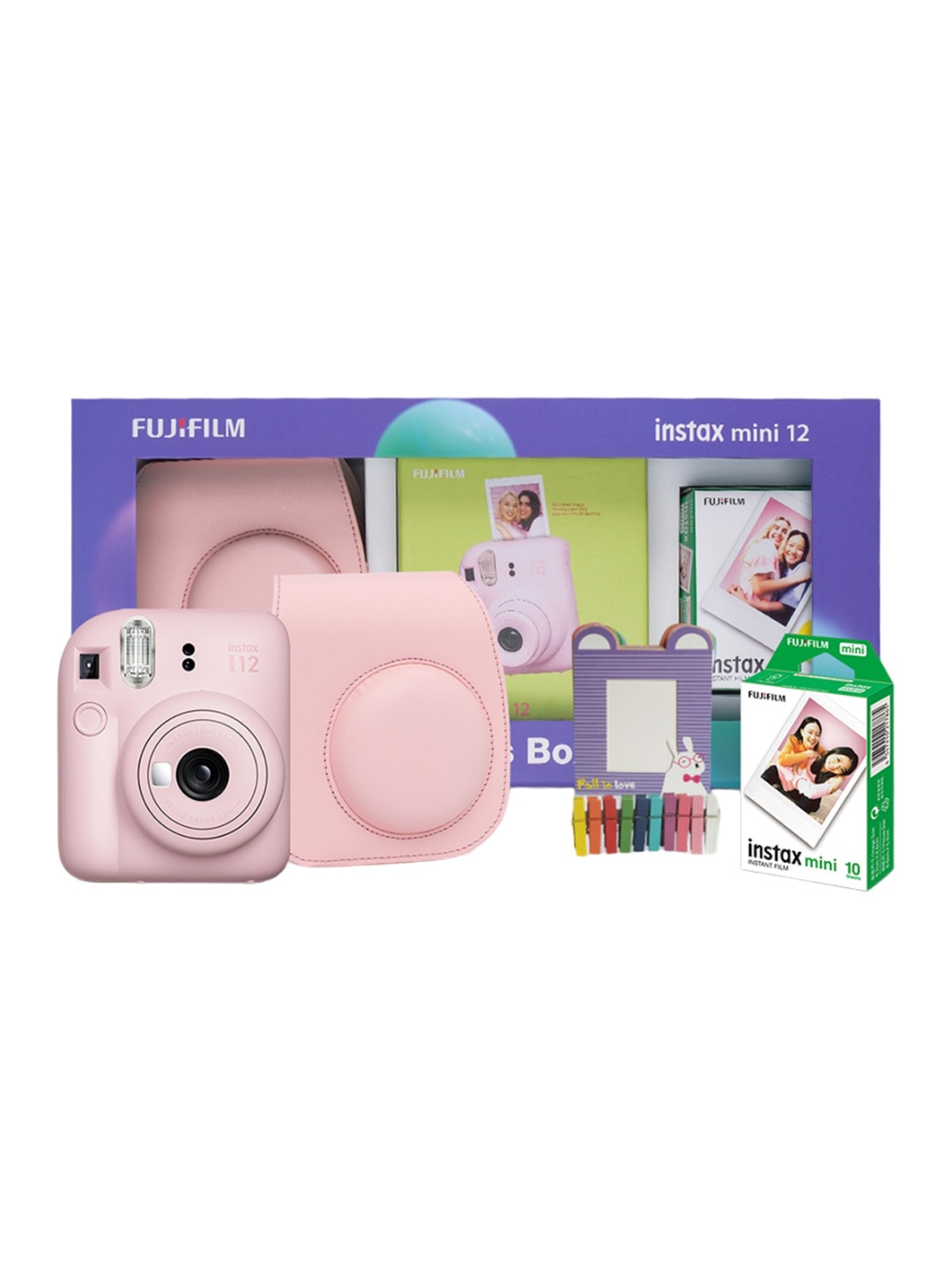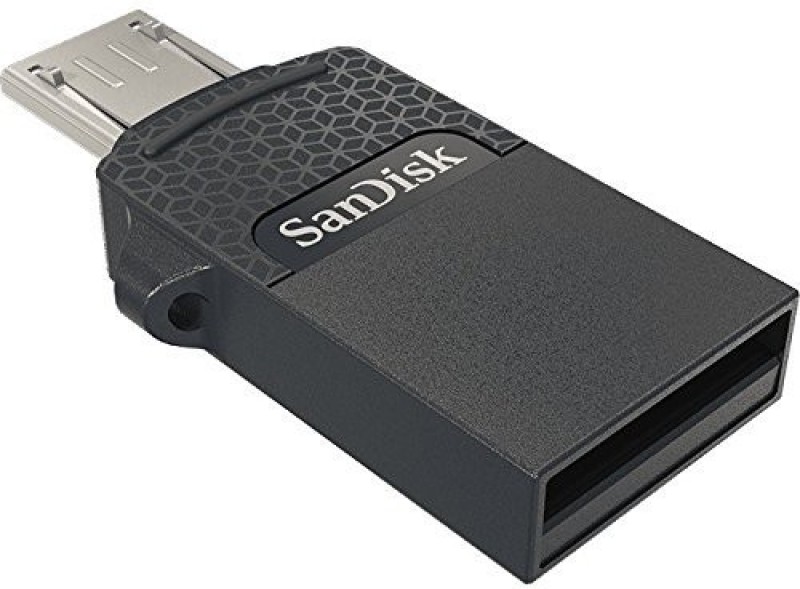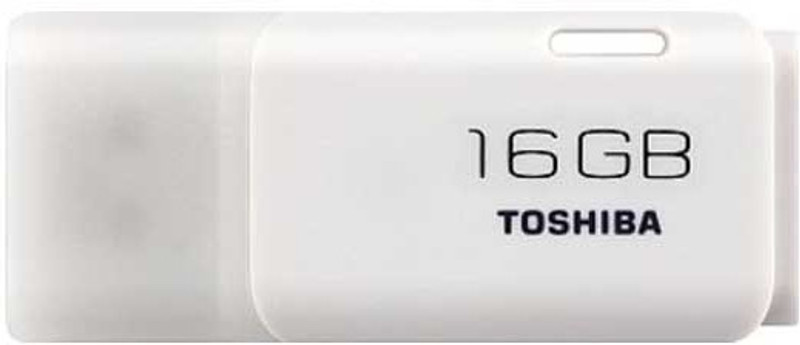How To Choose The Best Hiking Boots For Comfort And Durability

For many, hiking is more than just a sport – it's an escape, a retreat into nature, and, at times, a way to test personal limits. Whether it's a short, easy hike in the woods or a long trek up a steep mountain trail, the one thing that ties all hiking experiences together is the need for a solid pair of hiking boots. They are the foundation of every step, supporting not just your feet, but your entire journey.
With a plethora of options available, choosing the right boots can be an overwhelming decision. From boots designed for specific terrains to those suited for different weather conditions, it's easy to feel like you're navigating an uncharted trail in your search for the perfect pair. But fear not – this guide is here to lead you through the most important factors to consider when selecting hiking boots that promise both comfort and durability, so you can confidently embark on your next adventure.
Also Read: How To Choose The Best Hiking Shoes For Your Next Expedition?
1. Know Your Terrain
Before even setting foot in a store or browsing online, the first step in choosing the best hiking boots is to think about where you'll be walking. Different terrains demand different types of footwear. A boot that works well on a well-maintained trail may not be suitable for rocky, uneven ground or muddy, slippery paths.
For example, if you plan on hiking in a forest or across flat fields, a lightweight, low-cut boot might suffice, offering flexibility and comfort. However, if you're looking to tackle more rugged terrain, like rocky mountain trails or backcountry paths, you'll want to opt for boots with more ankle support and a sturdier sole to help with stability and balance.
Not only does knowing your terrain help you choose the right style, but it will also guide you when selecting key features, such as waterproofing or insulation, that align with the specific conditions you'll be encountering.
2. Comfort Starts With The Fit
Hiking is a demanding activity that requires your feet to endure hours of pressure, so the fit of your boots is absolutely crucial. Imagine putting on a pair of boots that pinch, rub, or leave your toes feeling squashed after just a few miles – not ideal, right? The right fit can make all the difference.
Start by considering the width and length of the boot. Some brands offer different width options, so if you have wider feet or narrower feet than average, don't hesitate to look for a model that fits your foot shape. Boots should feel snug but not tight. There should be enough room in the toe box for your toes to move slightly, but no space for them to slide forward when you walk downhill.
Additionally, try boots on later in the day when your feet are naturally a little swollen, as this gives a more accurate fit. Don't forget to wear the socks you'll typically hike in during this test! An ill-fitting boot, no matter how durable, will leave you with blisters, sore spots, or worse, affecting your entire trip.
3. Materials Matter
When it comes to hiking boots, not all materials are created equal. The choice of materials can affect not only the durability but also the overall weight and flexibility of the boot. Durability is essential for long-term use, but too heavy a boot can lead to fatigue, especially on longer treks.
Leather is a popular choice due to its durability and water resistance, while synthetic materials, such as nylon and polyester, are lighter and often more breathable. If you're looking for a boot that can handle both rocky landscapes and wet conditions, a combination of leather and synthetic materials might be the best option. These boots are tough, breathable, and water-resistant, allowing for a perfect balance of comfort and functionality.
Of course, heavier boots are typically more durable, but lighter boots tend to be more comfortable, especially for shorter hikes or those carrying less gear. It's all about finding that sweet spot between weight and durability based on your planned hikes.
4. Waterproofing
Waterproofing might not be a top concern on sunny days, but anyone who's ever had their boots soaked by an unexpected downpour knows just how essential it can be. Wet feet not only cause discomfort but can lead to blisters and even cause long-term damage to your boots.
While no boot is entirely waterproof, many come with advanced waterproof membranes like Gore-Tex, which provide a great barrier against rain and puddles. These boots allow moisture to escape while keeping water out, offering breathability alongside waterproofing.
It's important to remember, though, that waterproof boots often come with a trade-off: they may not be as breathable as non-waterproof models, making them less suitable for hot climates where sweat buildup is a concern. When choosing waterproof hiking boots, it's crucial to balance your need for dryness with the importance of ventilation.
5. Support Your Sole
When you're hiking over varied terrain, the type of sole your boot has is perhaps one of the most important features to consider. The outsole is the part of the boot that makes contact with the ground, and a solid, well-designed outsole can improve traction, stability, and overall comfort.
Look for boots with outsoles made from rubber or other durable materials that offer excellent grip on rocky, muddy, or slippery surfaces. The tread pattern is equally important; a deep, aggressive tread will help with stability, especially on uneven ground.
If you're hiking on smoother trails, a less aggressive tread might suffice, but for rugged, rocky paths, you'll need a boot with a more rugged design. Remember, a boot with a good grip prevents slippage, reducing the risk of injury while making those challenging trails a little less daunting.
6. Breathability
No one likes the feeling of sweaty, overheated feet after a long day of hiking. Excess moisture trapped inside your boots can lead to discomfort and blisters, making the need for breathability just as important as waterproofing.
Materials like mesh panels and moisture-wicking linings help regulate foot temperature, letting your feet breathe during intense hikes. This is especially important for those warmer months or hikes in regions where the temperature can fluctuate rapidly.
However, it's important to strike a balance – a boot that is too breathable might not offer enough warmth and protection during colder hikes, so make sure to tailor your choice to your hiking conditions.
7. Breaking In Your Boots
Once you've found your ideal boots, the next essential step is to break them in before you set off on a big adventure. Even the most comfortable pair of boots can feel stiff at first, and wearing them on a long hike without breaking them in can lead to painful blisters and sore spots.
Start by wearing your new boots around the house for short periods. Gradually increase the length of time, wearing them on shorter walks and trails to allow the material to soften and mould to your feet. This gives you the chance to make sure they are comfortable and that no particular area is causing discomfort.
It's always worth investing time in breaking in your boots before you embark on long treks, ensuring that your feet stay happy and blister-free during your adventures.
8. Price vs. Quality
Last but certainly not least, the cost of your hiking boots is something to consider. While it's tempting to go for a cheaper pair, remember that hiking boots are an investment in your comfort and safety. Skimping on quality may save you money upfront, but it can lead to discomfort or even injury down the line.
That said, there's no need to break the bank. It's entirely possible to find high-quality hiking boots at mid-range prices, as long as you know where to look and what features are most important for your needs. Think of your boots as an investment in future adventures – a reliable, durable pair will serve you for years and across many trails, offering a much better value than cheap alternatives that wear out after a few hikes.
Explore Products Related To This Article
1. ASIAN Men's Everest-21 Sports Trekking And Hiking
2. Bacca Bucci Men's Wolf Adaptive Smart Cushioning High-Top Boots For Hiking
3. Boldfit Trekking Shoes for Men Hiking Shoes for Men for Outdoor High Neck Shoes for Men Anti Skid Boot Shoes for Men for Hiking
4. Coasters CTR Trekking Shoes Anti-Skid Hiking Shoes Slip Resistant Mountain Boots in Action Trekking
5. Boldfit Trekking Shoes for Men Hiking Shoes for Men For Outdoor High Neck Shoes for Men Anti Skid Boot Shoes for Men for Hiking
6. Wildcraft Mens Terra Pro MA Sports Trekking And Hiking
7. Columbia Mens Vertisol Trail Running Shoe
8. Columbia Men Firecamp Remesh Hiking Shoes
9. Salomon Mens X Ultra 4Hiking Shoe
10. Columbia Men's Bugaboot III
Choosing the right hiking boots can be a game-changer for any outdoor enthusiast. A good pair of boots provides not only comfort but also the necessary durability to withstand the elements and varied terrain. With the right fit, quality materials, waterproofing, breathability and support, your boots can become your best companion on the trail. Remember to consider your unique needs, whether it's the terrain you'll be hiking on or the type of climate you're facing, and take the time to break in your boots before you venture far from home. Your feet will thank you, and you'll be ready to tackle any trail with confidence. Shop Now On Amazon
Disclaimer: The images used in this article are for illustration purposes only. They may not be an exact representation of the products, categories, and brands listed in this article.






























